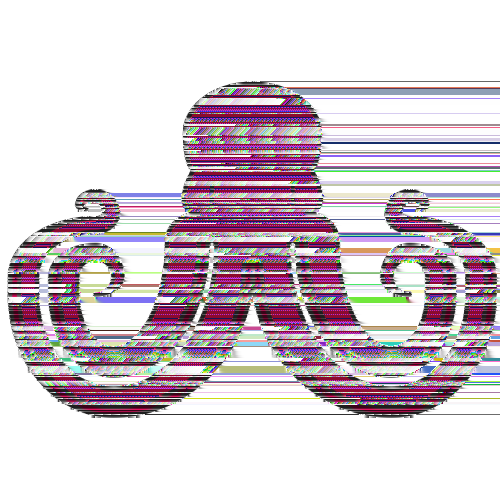Yoctolio
Metadata

Backstory
A couple of months ago my friend had the need for a quick web page containing a selection of his work. As the requirements was pretty simple I decided to create a small prototype directly in good'ol HTML + CSS, as all the videos featured on the website are hosted on YouTube this took me a couple of minutes and everyone was happy.
Now of course my friend kept on working and therefore producing more videos, videos that he wanted to showcase. Adding a small html snippet every time was of course not a problem but there was always a delay and that when I thought
"Is there a way to over-engineer that process and to increase my Rust knowledge at the same time ?"
Requirements
To fit this use case Yoctolio needs to have the following features :
- Display Youtube videos : ¯\_(ツ)_/¯.
- Compartmentation of videos : by categories and years inside those categories.
- Tags for videos
- Editable only with csv files : as my friend will add his videos I don't want to use a markup language that he will need to learn just for this project.
Constraints
Because this project is also about learning there are some self imposed constraints :
- Written in Rust : as said before I wanted to learn a bit more of this language and a small project like this one is perfect for that.
- Create a static site : there's no need for a CMS here, I want to keep the first approach using HTML and CSS.
- Create more than one page : it's always good to have a little about page in there.
- Having as few dependencies as possible : there's no point in trying to learn a technologie if it's to rely on an already made solution.
Getting started
Installation
Using Cargo : cargo install yoctolio
Initialize project
Once yoctolio installed you can run yoctolio init to initialize a new project.
After configurating everything to your liking you can simple run yoctolio build to compile your website.
Configuration
Add video content
The first step needed to add content on your portifolio is to create a file at the following path :
config/config.txt
As well as the config/tags.txt file with the following content :
1, directing
2, editing
The words directing and editing can be changed and any tag can be added as long as their id (the number in front of the name) is uniq.
Inside this file you can now add one line per section on the index page of the portfolio :
Name of the section, file_name_of_the_section.txt
Yoctolio will now generate a section called Name of the section, the videos you wish to include in this section need to be listed in the file you defined. In this case config/file_name_of_the_section.txt
To add a video you need to follow this pattern :
Name of the video, youtube_url, tag_number, year, description
Where :
Name of the videois self explenatoryyoutube_urlis the full youtube url example :https://www.youtube.com/watch?v=79T8c0vW0iktagthe id of the tag of the video, to use multiple tags add-between two tags example1-3yearthe year of the production example :2021descriptiona small explanation, the one is optional and can be left out
Changing the template
The default templates are visible in the project repository, to create your own you can simply create a templates folder with an index.html inside and it will be used by default.
Adding a page
If you want another page you can create a folder at the following path templates/pages containing any html page that will be included in you portfolio.
Adding assets
Whenever you want to include css, js, images or any asset to you projects you can simply create a folder at the following path templates/assets, the content of this folder will be copied to public/assets during compilation.
Adding partials
A partial is a small html snippet that can be easilly reused in different pages and template, it can be useful for header, footer, navigation...
To add partials to your porfolio you need to create the folder templates/partials, then inside create any html file. To call a partial from a page of the index.html you just have to include the following snippet : {{!partial_name}}.
So if you create templates/partials/footer.html it is called by using {{!footer}} in any template.
Live reload
When working on your templates you probably want to regenerate automatically the website as doing it manually can be quickly become annoying.
To do so I usually use entr like that :
ls templates/* | entr yoctolio build